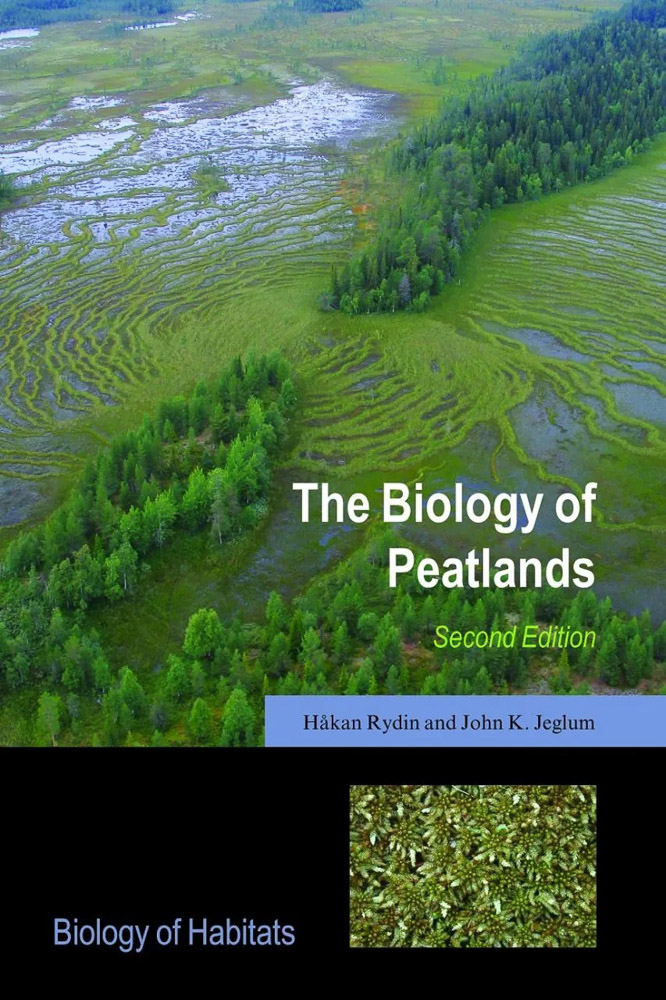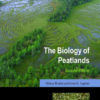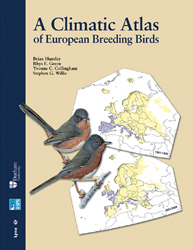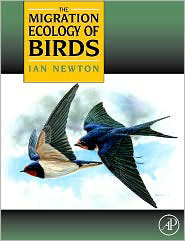There is a growing awareness that peatlands are a key component of the global carbon cycle due to their role as an important carbon sink. However, many ecologists and conservation biologists lack a general understanding of peatlands despite the fact that they are also often repositories for rare species and, in many regions, represent the last remnants of natural vegetation. This book provides a comprehensive introduction to peatland ecology. As with other books in the Biology of Habitats Series, the emphasis in this book will be on the organisms that dominate peatland habitats although their management, conservation and restoration will also be considered.
| Description |
|
| The Biology of Peatlands provides a comprehensive overview of peatland ecosystems. Coverage is international although there is a focus on boreal and north temperate peatlands. As well as thoroughly referencing the latest research, the authors expose a rich older literature where an immense repository of natural history has accumulated.
The book begins with an overview of the main peatland types (marsh, swamp, fen and bog), which provides the basis for a deeper understanding of the subject. Chapters then follow on the diversity of the entire range of biota present (microbes, invertebrates, plants, and vertebrates), together with their specific adaptations to peatland habitats. Detailed coverage is devoted to the moss genus Sphagnum, one of the most important functional plant groups in northern peatlands. Throughout the book, the interactions between organisms and environmental conditions (especially wetness, availability of oxygen, and pH) are stressed. In the study of peatland biology, it is essential to learn about peat itself and how its accumulation reflects the history and development of peatland over centuries and millennia. The book therefore contains chapters on the physical and chemical characteristics of peat, the role of peat as an archive of past vegetation and climate, and peatland succession and development. Several other key factors and processes are then examined including hydrology, nutrient cycling, light, and temperature. The authors describe the intriguing patterns and landforms characteristic of peatlands in different parts of the world, together with theories on how they have developed. The role of peatlands as sources or sinks for atmospheric carbon dioxide and methane, and their influence on climatic change, is also outlined. A final chapter considers peatland management, conservation and restoration issues. This accessible text is suitable for students and researchers of peatlands as well as the professional ecologists and conservation biologists requiring a concise, authoritative and up-to-date overview of the topic. |
Readership: An accessible text suitable for graduate students and researchers of peatland ecology as well as the professional ecologists and conservation biologists requiring a concise overview of the topic.
New to this Edition:
Fully revised with the latest advances in areas such as microbial processes and relations between biological processes and hydrology.
Includes a new chapter on the role and response of peatlands to global and regional climate change.





